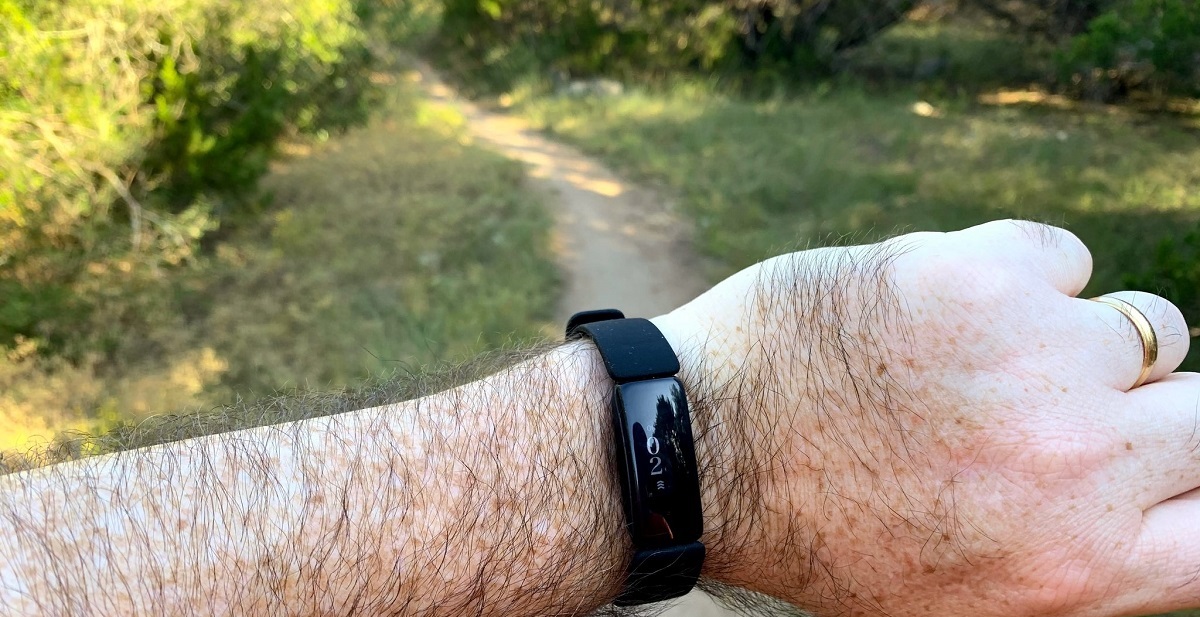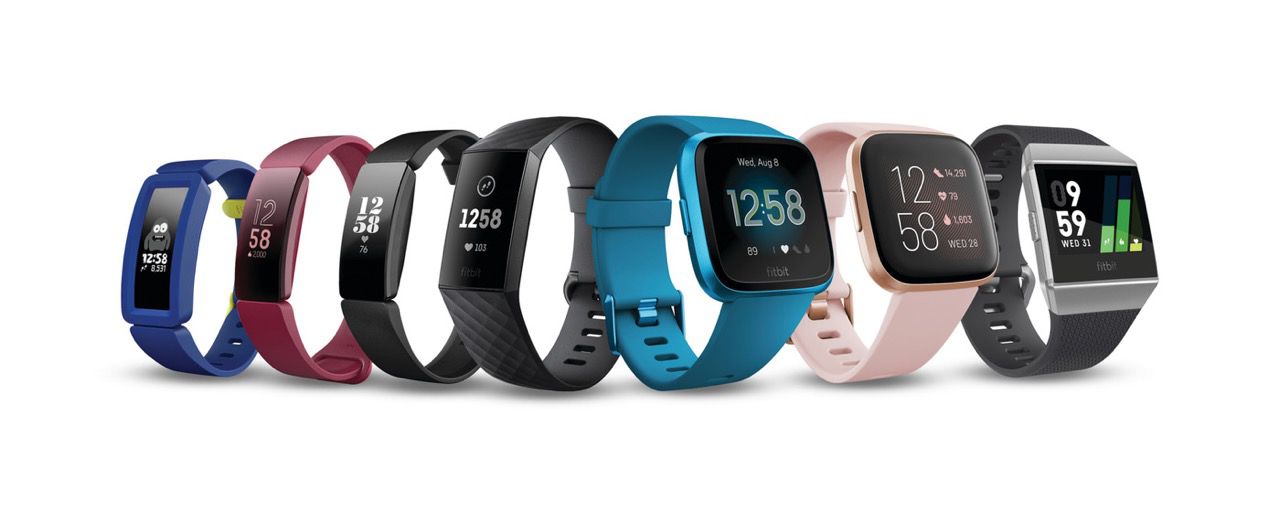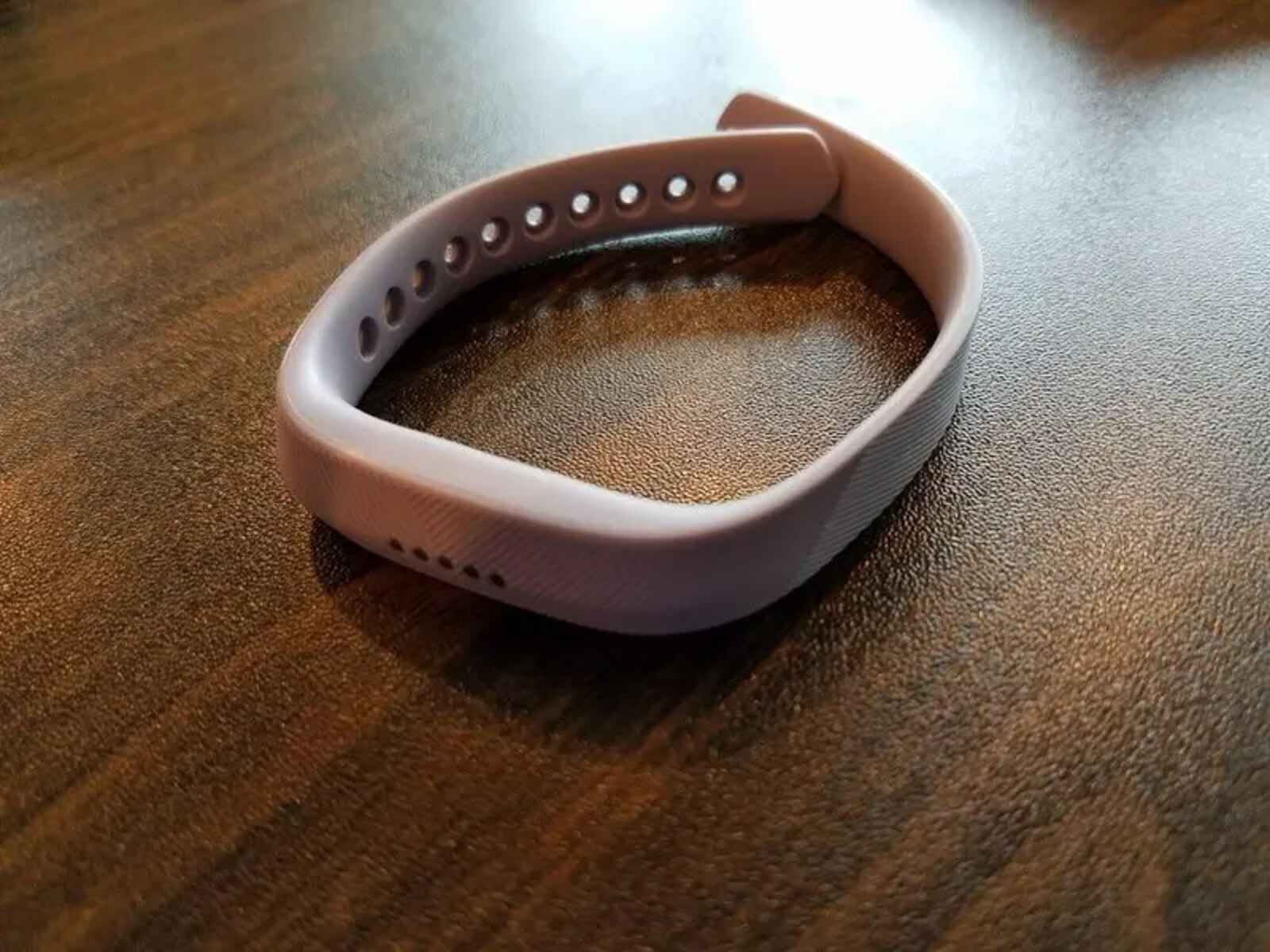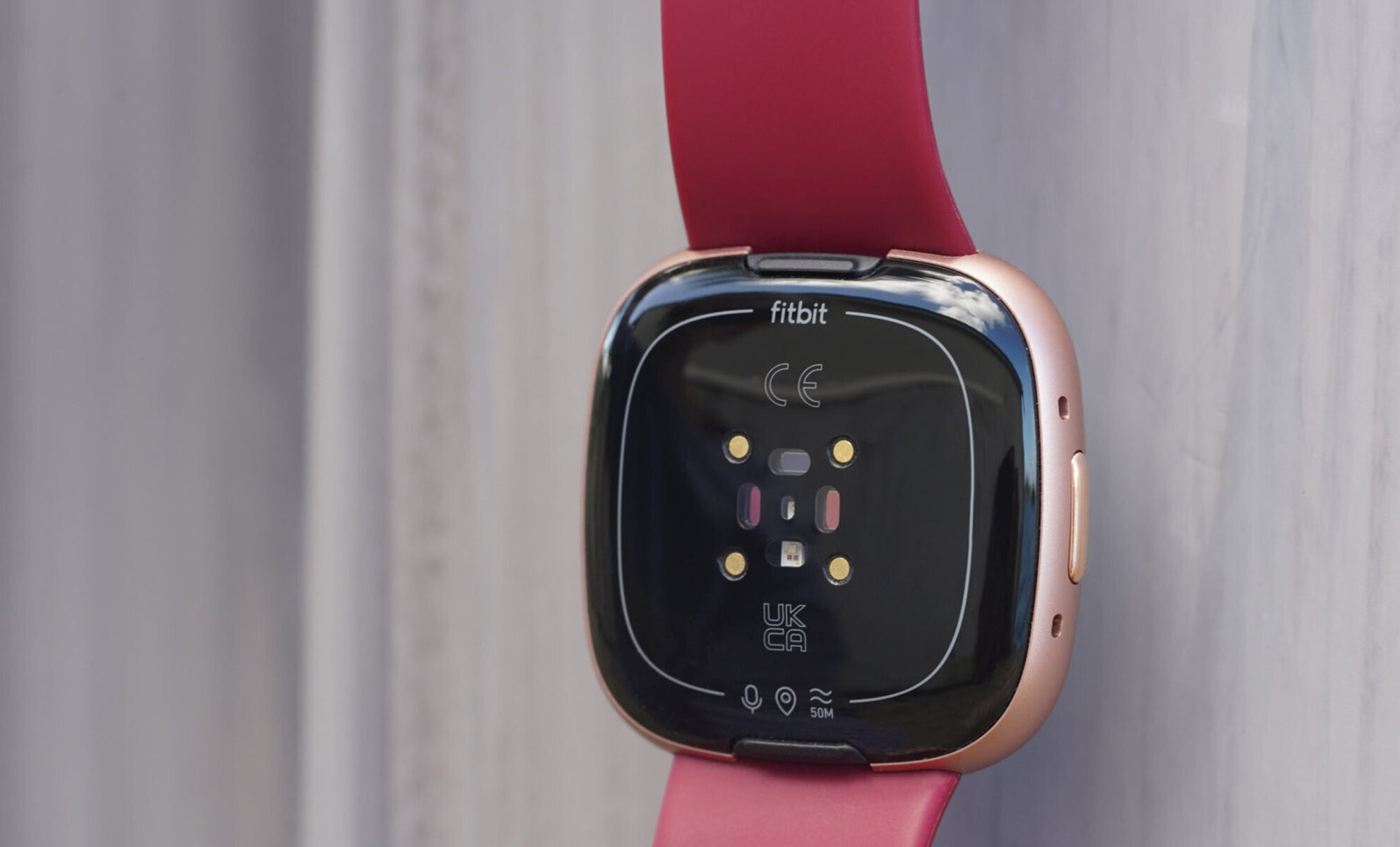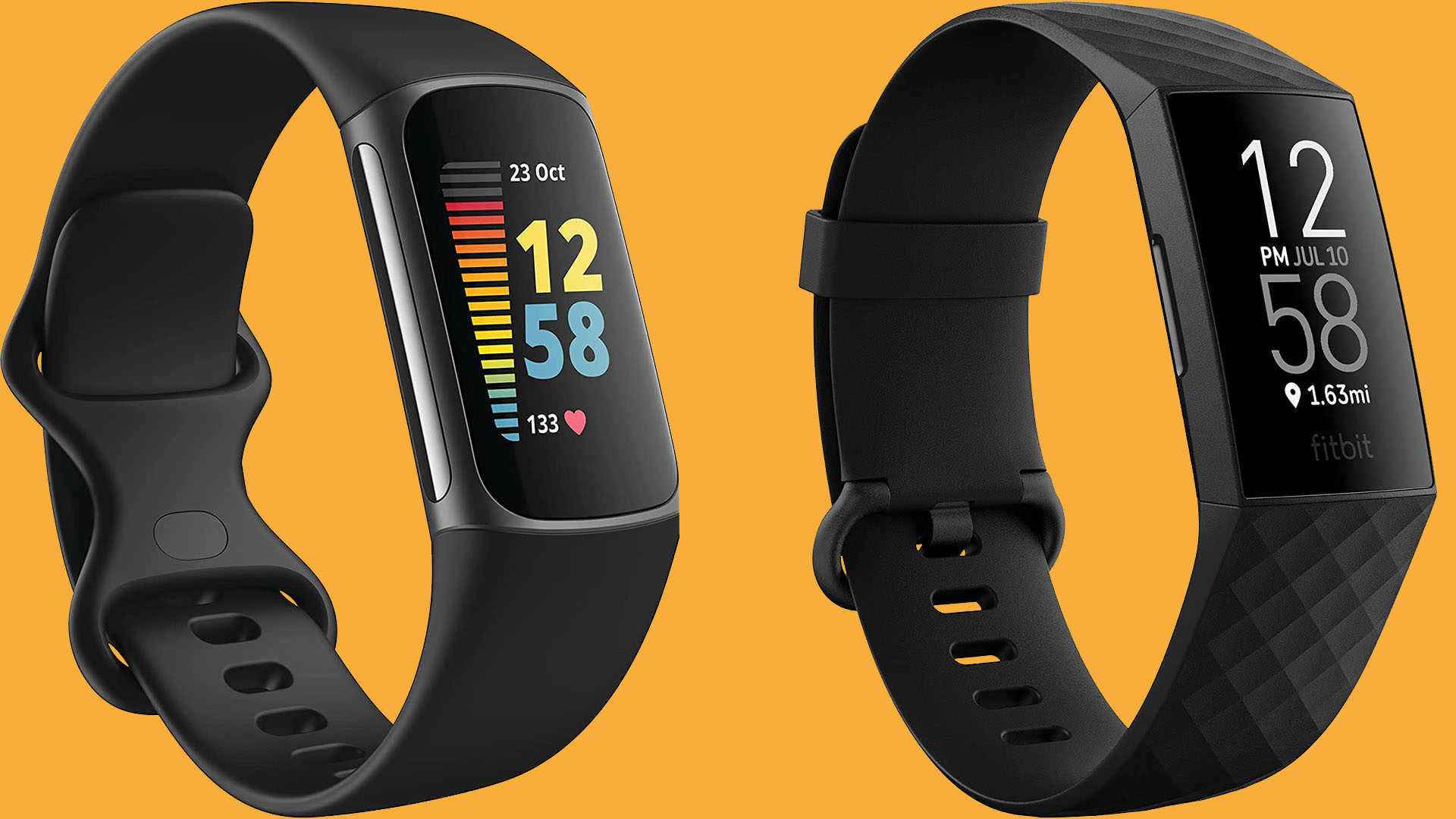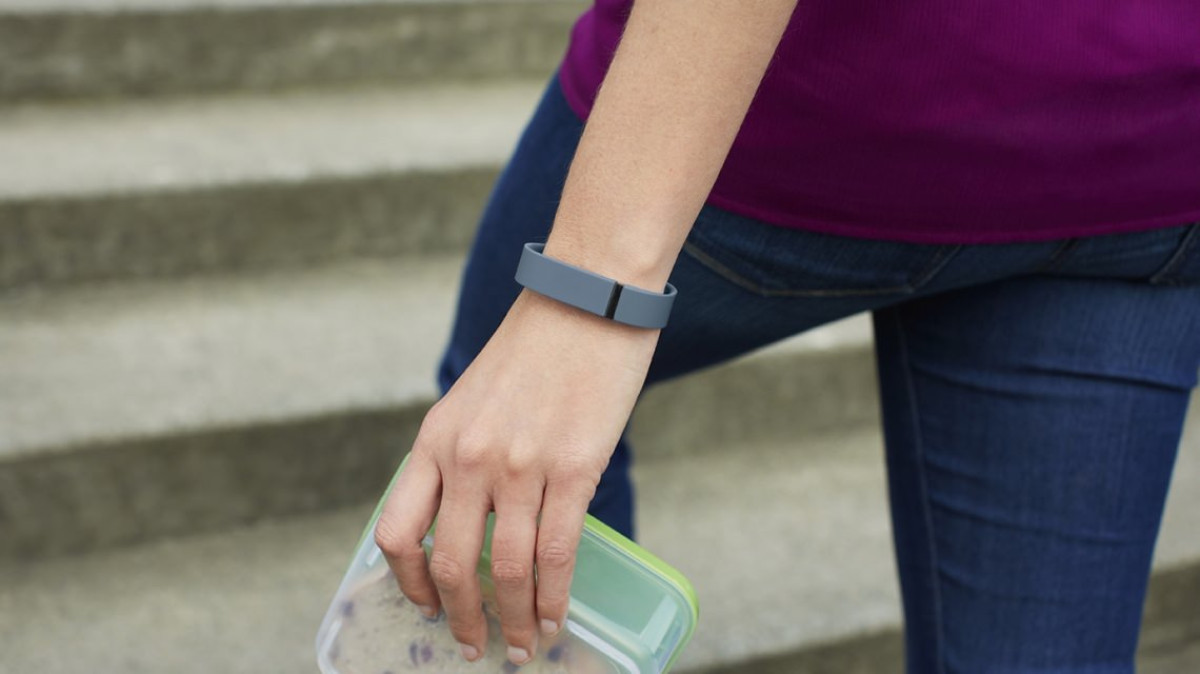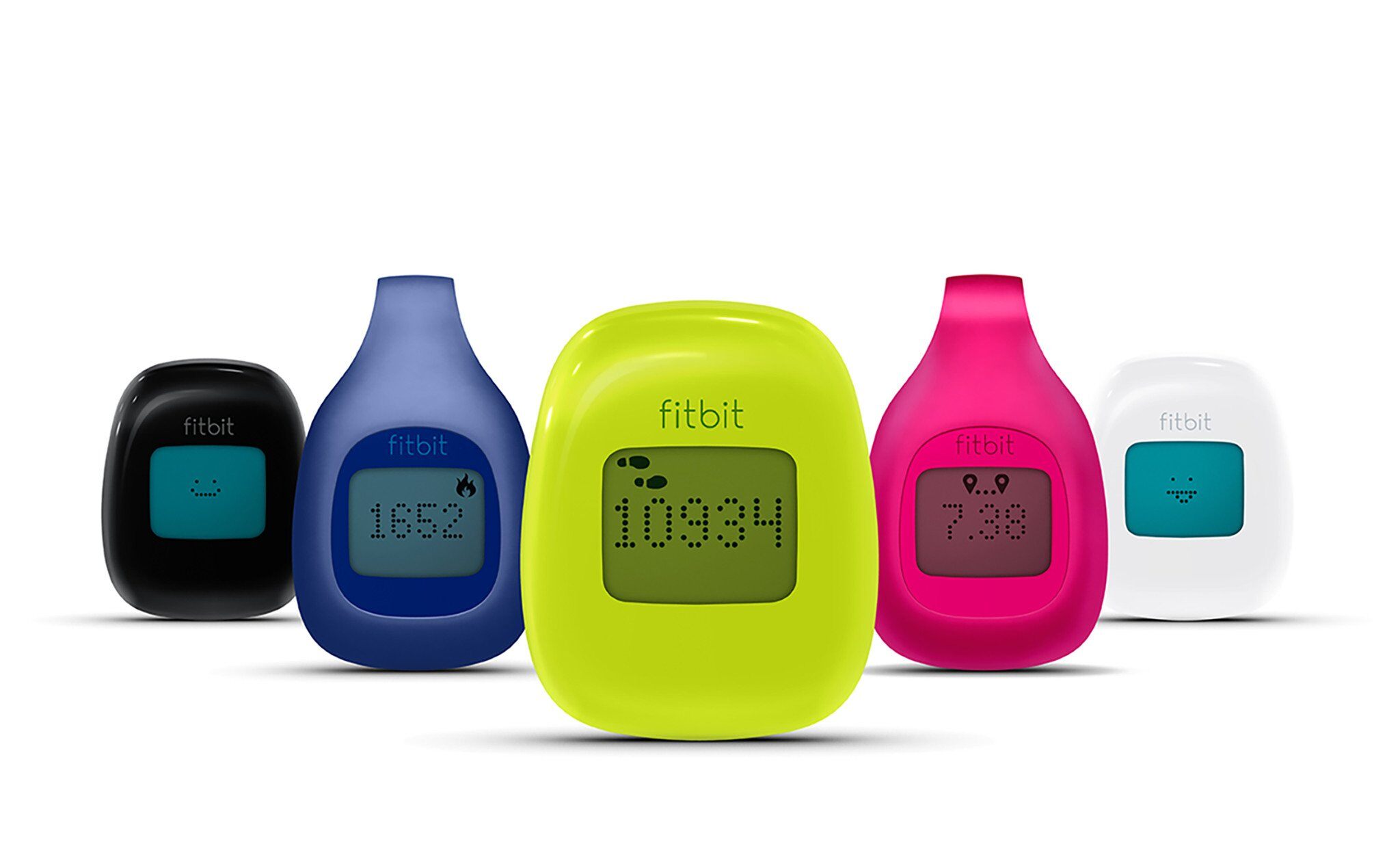Introduction
In today's health-conscious society, the quest for fitness and wellness has become a pervasive aspect of daily life. With an increasing focus on maintaining a healthy lifestyle, many individuals are turning to wearable fitness trackers to monitor their physical activity and overall well-being. Among the numerous metrics that these devices track, calorie counting stands out as a fundamental component of fitness management. Understanding the role of calorie counting and its relationship with wearable technology, such as Fitbit, is crucial for those striving to achieve their health and fitness goals.
Calorie counting serves as a cornerstone in the realm of health and fitness. It involves monitoring the number of calories consumed through food and beverages and comparing it to the calories expended through physical activity and metabolism. This practice is essential for individuals aiming to manage their weight, improve their fitness levels, or simply maintain a balanced and healthy lifestyle. By comprehending the dynamics of calorie counting, individuals can make informed decisions about their dietary choices and exercise routines, thereby empowering themselves to take charge of their health.
In this digital age, wearable fitness trackers like Fitbit have revolutionized the way people approach calorie counting. These devices utilize advanced technology to monitor various aspects of physical activity, including steps taken, distance traveled, and heart rate. By integrating these metrics, Fitbit provides users with a comprehensive overview of their daily caloric expenditure, enabling them to make informed decisions about their dietary intake and exercise regimen.
As we delve deeper into the intricacies of calorie counting and its association with Fitbit, it becomes evident that the accuracy and reliability of these devices play a pivotal role in empowering individuals to make informed lifestyle choices. Understanding the nuances of calorie tracking with Fitbit can provide valuable insights into optimizing its usage for achieving personalized health and fitness objectives.
The journey toward a healthier lifestyle is a multifaceted endeavor, and calorie counting serves as a critical tool in this pursuit. By exploring the intersection of calorie counting and wearable technology, we can unravel the potential for leveraging innovative solutions, such as Fitbit, to enhance our understanding of personal health and well-being.
How Calorie Counting Works
Calorie counting is a fundamental aspect of managing one's diet and fitness regimen. At its core, it involves tracking the energy content of the foods consumed and comparing it to the energy expended through physical activity and bodily functions. The premise of calorie counting is rooted in the fundamental principle of energy balance, wherein the calories consumed should align with the calories burned to maintain a healthy weight and overall well-being.
To initiate the process of calorie counting, individuals must first understand the concept of basal metabolic rate (BMR), which represents the energy expended by the body at rest to maintain vital functions such as breathing, circulation, and cell production. BMR serves as the foundation for calculating the daily caloric needs of an individual, as it accounts for the majority of the calories expended each day.
In addition to BMR, the thermic effect of food (TEF) and physical activity contribute to the total daily energy expenditure. TEF represents the energy required for digesting, absorbing, and processing nutrients from food, while physical activity encompasses the calories burned through exercise, daily activities, and structured workouts. By combining these factors, individuals can gain insight into their overall energy expenditure and make informed decisions about their dietary intake.
Calorie counting involves meticulous tracking of the caloric content of foods and beverages consumed throughout the day. This process often requires referencing nutritional labels, utilizing food scales, or leveraging mobile applications to accurately record the caloric intake. By maintaining a detailed log of consumed calories, individuals can gain a comprehensive understanding of their dietary habits and identify areas for potential adjustments.
In parallel, monitoring physical activity and exercise plays a crucial role in calorie counting. Wearable fitness trackers, such as Fitbit, offer a seamless way to track steps, distance, active minutes, and heart rate, providing valuable data for estimating caloric expenditure. By integrating these metrics with dietary information, individuals can gain a holistic perspective on their energy balance and make informed choices to support their health and fitness goals.
By comprehending the intricate interplay between caloric intake and expenditure, individuals can harness the power of calorie counting to optimize their nutrition, enhance their physical activity, and strive towards a balanced and sustainable approach to health and wellness.
The Role of Fitbit in Tracking Burned Calories
Fitbit plays a pivotal role in empowering individuals to monitor their caloric expenditure with precision and convenience. By seamlessly integrating advanced technology with user-friendly design, Fitbit offers a comprehensive platform for tracking various aspects of physical activity, thereby providing valuable insights into the calories burned throughout the day.
One of the key features that distinguishes Fitbit is its ability to monitor steps taken, distance traveled, and active minutes. These metrics serve as foundational elements in estimating caloric expenditure, as they offer a quantitative representation of physical activity. By capturing the user's movement patterns and exercise routines, Fitbit provides a real-time assessment of the energy expended, enabling individuals to gauge their daily activity levels and make informed decisions about their fitness endeavors.
Furthermore, Fitbit incorporates heart rate monitoring, which adds a layer of sophistication to calorie tracking. By continuously monitoring heart rate throughout the day, Fitbit can calculate the intensity of physical activity and provide a more accurate estimation of calories burned during both exercise and rest. This feature enhances the overall precision of caloric expenditure assessment, empowering users to gain deeper insights into their metabolic patterns and energy utilization.
In addition to monitoring physical activity, Fitbit offers a comprehensive overview of the user's sleep patterns. Adequate and restful sleep is intricately linked to overall well-being and can impact metabolic processes. By analyzing sleep data, Fitbit contributes to the holistic understanding of energy balance by considering the restorative aspect of health and its potential influence on caloric expenditure.
The seamless synchronization of these data points within the Fitbit ecosystem enables users to visualize their daily caloric expenditure in a clear and intuitive manner. By accessing the Fitbit app or dashboard, individuals can review their activity levels, heart rate trends, and sleep patterns, all of which contribute to a comprehensive understanding of their energy balance. This visibility empowers users to make informed decisions about their dietary choices, exercise routines, and overall lifestyle, thereby fostering a proactive approach to health and fitness management.
In essence, Fitbit serves as a dynamic ally in the pursuit of health and wellness by providing a multifaceted platform for tracking caloric expenditure. Through its integration of advanced sensors, intuitive interface, and comprehensive data analysis, Fitbit equips individuals with the tools and insights necessary to optimize their physical activity, make informed decisions about their energy balance, and embark on a journey towards a healthier and more active lifestyle.
Understanding Fitbit's Accuracy in Calorie Tracking
Fitbit's role in tracking caloric expenditure is undeniably influential, yet the accuracy of its calorie tracking capabilities warrants a closer examination. While Fitbit employs advanced sensors and algorithms to estimate caloric expenditure, it's essential to acknowledge the inherent limitations and potential factors that can impact the precision of these estimations.
Fitbit utilizes a combination of motion sensors, heart rate monitoring, and proprietary algorithms to calculate caloric expenditure. By analyzing the user's movement patterns, heart rate fluctuations, and contextual data, Fitbit generates an estimation of the calories burned throughout the day. This approach harnesses the power of technology to provide users with actionable insights into their physical activity and energy balance.
However, it's important to recognize that calorie tracking, particularly through wearable devices, is an estimation rather than an exact measurement. Factors such as individual variability in metabolic rate, exercise efficiency, and sensor limitations can contribute to discrepancies in the accuracy of caloric expenditure estimations. Additionally, environmental conditions, device positioning, and user behavior can influence the reliability of the data captured by Fitbit.
Despite these considerations, Fitbit continuously refines its algorithms and sensor capabilities to enhance the accuracy of caloric expenditure estimations. The integration of heart rate monitoring has significantly improved the precision of calorie tracking, as it allows for a more nuanced assessment of the intensity and duration of physical activity. Furthermore, Fitbit's commitment to research and development underscores its dedication to advancing the accuracy of its tracking capabilities.
Users can optimize the accuracy of calorie tracking with Fitbit by ensuring proper device placement, maintaining consistent wear during physical activity, and leveraging additional data points such as sleep patterns and dietary intake. By adopting a holistic approach to health and fitness management, individuals can contextualize the caloric expenditure estimations provided by Fitbit within the broader framework of their lifestyle and well-being.
In essence, while acknowledging the inherent limitations of calorie tracking through wearable devices, understanding Fitbit's accuracy in caloric expenditure estimation empowers users to leverage the insights provided by these devices effectively. By embracing a balanced perspective and supplementing wearable data with mindful lifestyle choices, individuals can harness the potential of Fitbit to support their health and fitness journey.
Tips for Effective Calorie Counting with Fitbit
-
Consistent Wear: Wearing your Fitbit consistently, especially during physical activity, ensures that the device accurately captures your movement patterns and heart rate fluctuations. This consistency contributes to more precise estimations of caloric expenditure, providing valuable insights into your daily activity levels.
-
Utilize Heart Rate Monitoring: Leverage the heart rate monitoring feature of Fitbit to enhance the accuracy of calorie tracking. By understanding the intensity and duration of your workouts through heart rate data, you can gain a more nuanced perspective on your caloric expenditure during exercise and rest, thereby optimizing your fitness routines.
-
Sync with Nutrition Tracking: Integrating your Fitbit data with nutrition tracking platforms allows for a comprehensive view of your energy balance. By correlating your caloric intake with the calories burned, you can make informed decisions about your dietary choices and adjust your eating habits to align with your fitness goals.
-
Leverage Sleep Data: Recognize the impact of restful sleep on overall well-being and energy balance. By analyzing your sleep patterns through Fitbit, you can gain insights into the restorative aspect of health and its potential influence on caloric expenditure. Prioritizing quality sleep can positively impact your metabolic processes and overall energy utilization.
-
Set Realistic Goals: Establish realistic and personalized goals based on your fitness aspirations and lifestyle. By setting achievable targets for daily steps, active minutes, and caloric expenditure, you can leverage Fitbit as a motivational tool to stay on track with your health and fitness journey.
-
Contextualize Data: Understand that caloric expenditure estimations provided by Fitbit are based on algorithms and sensor data. While valuable, these estimations should be contextualized within the broader framework of your lifestyle and well-being. Recognize that individual variability and environmental factors can influence the precision of these estimations.
-
Regular Review and Adjustment: Periodically review your Fitbit data to assess your progress and make necessary adjustments to your fitness routines and dietary habits. By continuously evaluating your caloric expenditure trends, you can refine your approach to calorie counting and optimize your overall health and wellness strategies.
By incorporating these tips into your daily routine, you can effectively harness the capabilities of Fitbit for calorie counting, empowering yourself to make informed decisions about your physical activity, nutrition, and lifestyle. Embracing a holistic approach to health and fitness management, supported by the insights provided by Fitbit, enables you to embark on a journey towards sustainable well-being and vitality.








